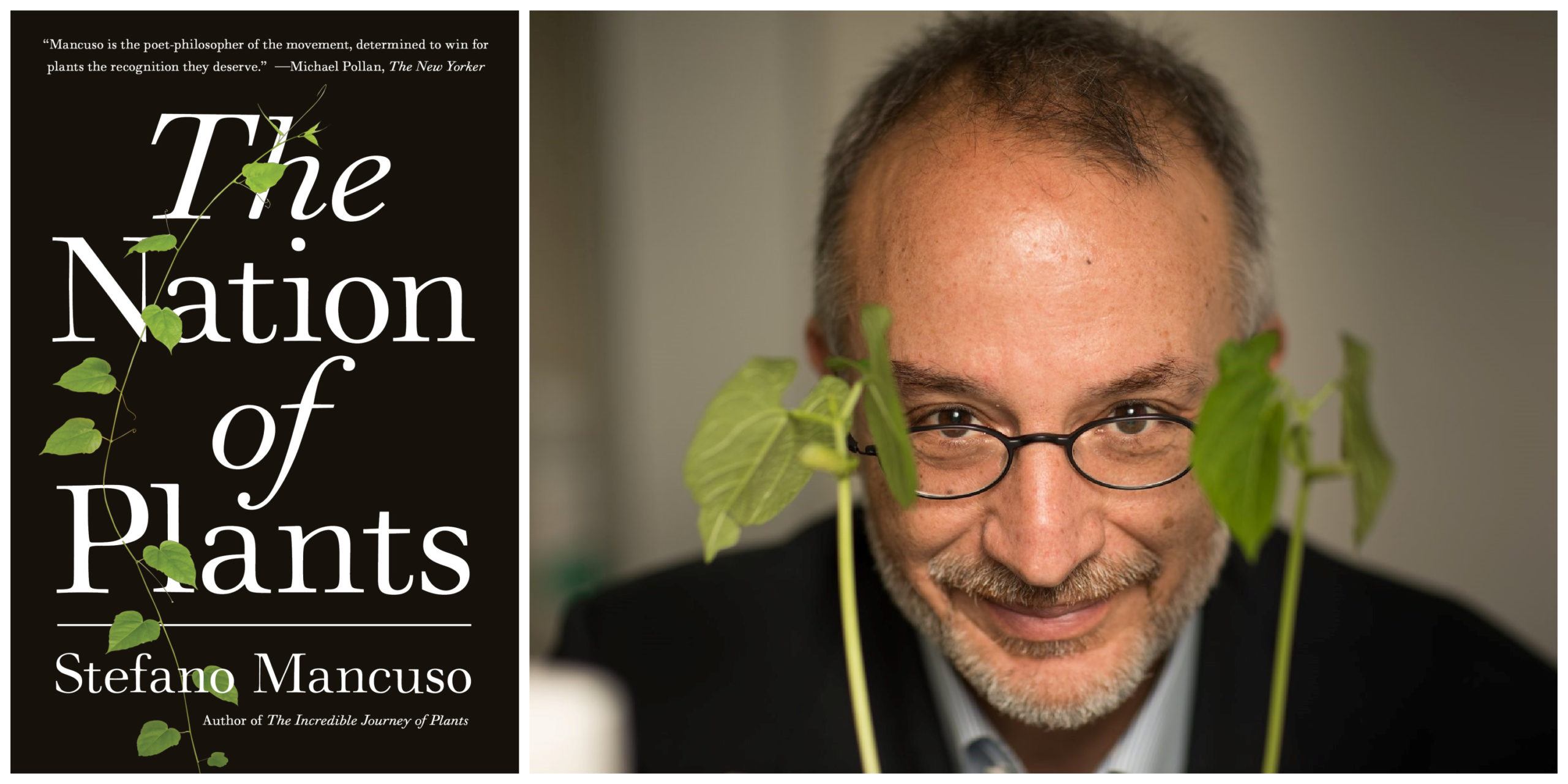Stefano Mancuso in Longreads:
 Darwin writes: what animals could you imagine to be more distant from one another than a cat and a bumblebee? Yet the ties that bind these two animals, though at first glance nonexistent, are on the contrary so strict that were they to be modified, the consequences would be so numerous and profound as to be unimaginable. Mice, argues Darwin, are among the principal enemies of bumblebees. They eat their larvae and destroy their nests. On the other hand, as everyone knows, mice are the favorite prey of cats. One consequence of this is that, in proximity to those villages with the most cats, one finds fewer mice and more bumblebees. So far so clear? Good, let’s go on.
Darwin writes: what animals could you imagine to be more distant from one another than a cat and a bumblebee? Yet the ties that bind these two animals, though at first glance nonexistent, are on the contrary so strict that were they to be modified, the consequences would be so numerous and profound as to be unimaginable. Mice, argues Darwin, are among the principal enemies of bumblebees. They eat their larvae and destroy their nests. On the other hand, as everyone knows, mice are the favorite prey of cats. One consequence of this is that, in proximity to those villages with the most cats, one finds fewer mice and more bumblebees. So far so clear? Good, let’s go on.
Bumblebees are the primary pollinators of many vegetable species, and it is common knowledge that the greater the amount and the quality of pollination the greater the number of seeds produced by the plants. The number and the quality of seeds determines the greater or lesser presence of insects, which, as is well known, are the principal nutriment of numerous bird populations. We could go on like this, adding one group of living species to another, for hours on end: bacteria, fungi, cereals, reptiles, orchids, would succeed one another without pause, one by one, until we ran out of breath, like in those nursery rhymes that connect one event to another without interruption. The ecological relationships that Darwin brings to our attention tell us of a world of bonds much more complex and ungraspable than had ever previously been supposed. Relationships so complex as to connect everything to everything in a single network of the living.
More here. [Thanks to Tony Cobitz.]
